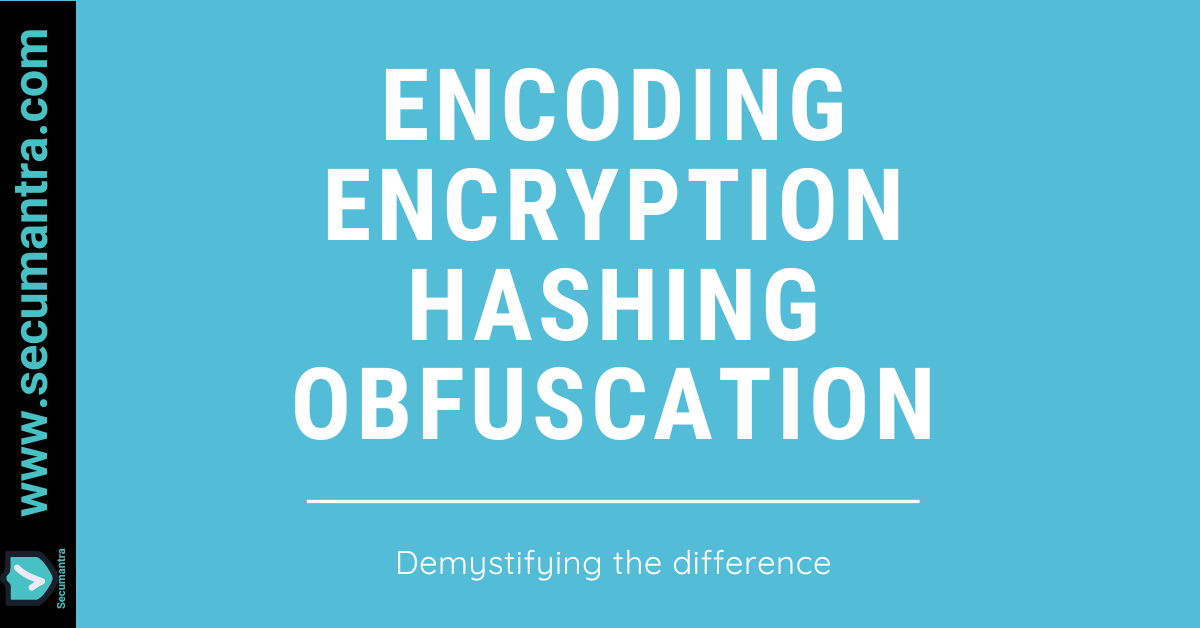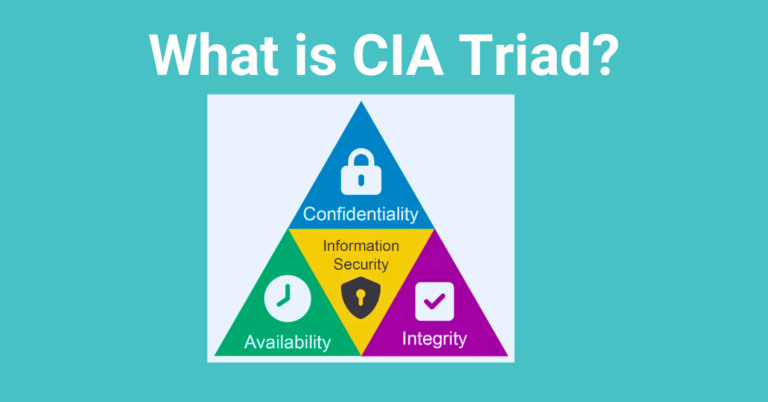Hashing, Encryption, Encoding, and Obfuscation: Understanding the Differences
In the realm of cybersecurity and data protection, four terms often surface: hashing, encryption, encoding, and obfuscation. While they may seem interchangeable at first glance, each serves a distinct purpose and offers unique advantages and limitations. There is often significant confusion around the differences between encryption, encoding, hashing, and obfuscation.
Understanding the differences between these techniques is crucial for safeguarding sensitive information and maintaining data integrity. In this blog post, we’ll delve into the characteristics of hashing, encryption, encoding, and obfuscation, shedding light on their roles in securing digital assets.
Encoding:
Encoding is a straightforward process of converting data into a specific format for transmission or storage purposes. Unlike hashing and encryption, encoding is not intended for security but rather for ensuring compatibility between different systems or representing data in a human-readable format. Common encoding schemes include Base64, ASCII, and UTF-8. These schemes are publicly available so that it can easily be reversed. It does not require a key as the only thing required to decode it is the algorithm that was used to encode it.
Key characteristics of encoding:
- Not secure: Encoding does not provide any security or data protection; it is solely for data representation.
- Reversible: Encoded data can be decoded back to its original form without loss of information.
- Human-readable: Encoded data is often designed to be human-readable and easily interpretable.
Hashing:
Hashing is a one-way cryptographic function that converts data of any size into a fixed-size string of characters, typically a hash value. This process is deterministic, meaning the same input will always produce the same output. However, it’s practically infeasible to reverse-engineer the original data from the hash value. Hash functions are widely used for password storage, digital signatures, and data integrity verification.
Key characteristics of hashing:
- Irreversible: Hashing is a one-way process; it cannot be reversed to obtain the original data.
- Fixed output size: Regardless of the input size, the hash function produces a fixed-length output. The same input will always produce the same output.
- Collision resistance: A good hash function minimizes the likelihood of two different inputs producing the same hash value (collision).
Encryption:
Encryption involves transforming data into ciphertext using an algorithm and a secret key. Unlike hashing, encryption is reversible, meaning the ciphertext can be decrypted back to its original form using the appropriate decryption key. This technique is essential for ensuring data confidentiality, especially during transmission and storage.
It uses a key, which is kept secret, in conjunction with the plaintext and the algorithm, in order to perform the encryption operation. As such, the ciphertext, algorithm, and key are all required to return to the plaintext.
Key characteristics of encryption:
- Reversible: Encryption allows for the decryption of ciphertext back into plaintext using the decryption key.
- Key-dependent: The security of encrypted data relies on the secrecy and strength of the encryption key.
- Variable output size: The size of the ciphertext may vary depending on the input data and encryption algorithm used.
Obfuscation:
Obfuscation involves deliberately obscuring code or data to make it difficult for humans to understand. While not a form of encryption or hashing, obfuscation aims to deter reverse engineering, unauthorized access, or intellectual property theft. Techniques such as code minification, renaming variables, and control flow obfuscation are commonly employed in software development and cybersecurity.
The purpose of obfuscation is to make something harder to understand, usually for the purposes of making it more difficult to attack or to copy. One common use is the the obfuscation of source code so that it’s harder to replicate a given product if it is reverse engineered.
Key characteristics of obfuscation:
- Not cryptographic: Obfuscation does not involve cryptographic processes; it focuses on obscuring rather than securing data.
- Human readability varies: Obfuscated data or code may still be partially understandable but intentionally made more complex.
- Security through obscurity: While obfuscation can make it harder for attackers to understand the code, it should not be solely relied upon for security.
Summary
- Encoding is used for maintaining data usability and output can be reversed by employing the same algorithm that encoded the content, i.e. no key is used.
- Encryption is used for maintaining data confidentiality and requires the use of a key (kept secret) in order to return to the original plaintext.
- Hashing is used for validating the integrity of content by detecting all modification thereof via obvious changes to the hash output.
- Obfuscation is used to prevent people from understanding the meaning of something, and is often used with computer code to help prevent successful reverse engineering and/or theft of a product’s functionality.
While hashing, encryption, encoding, and obfuscation serve distinct purposes in cybersecurity and data protection, they are not interchangeable. Hashing ensures data integrity, encryption provides confidentiality, encoding facilitates data representation, and obfuscation obscures code or data.
Understanding the nuances of these techniques is essential for implementing robust security measures and safeguarding digital assets against various threats. By leveraging the right combination of these methods, organizations can effectively protect their sensitive information and mitigate risks in an increasingly interconnected digital landscape.
Hope this was helpful, thank you for reading. Stay Safe, Stay Secure!






